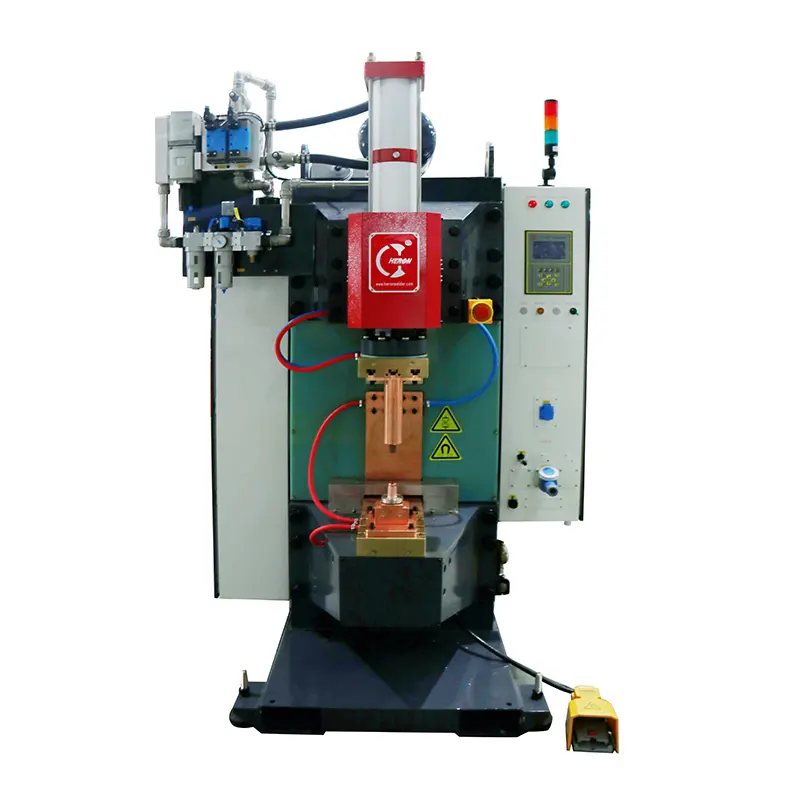Remedies for welding defects in butt welding machines
There will be some defects in the butt welding machine during welding, which need to be repaired in time, such as misalignment. This may be due to insufficient rigidity of the welding machine, which needs to be improved and the flow rate reduced. For example, when welding high-carbon steel products, it is recommended to anneal the residual heat first. This can avoid cracks, as detailed below.
1. Dislocation
The reasons may be misalignment and tilting of the weldment during assembly, overheating of the weldment, excessive protrusion length, insufficient rigidity of the welding machine, etc. The main preventive measures are to increase the rigidity of the welding machine, reduce the protrusion length and appropriately limit the top. The allowable difference in forging amount and misalignment is generally less than 0.1mm or 0.5mm thickness.
2. Cracks
The reason may be that when joining high carbon steel, the quenching tendency is large. Preheating, postheating and timely annealing measures can be used to prevent this.
3. Incomplete welding
The reason may be that the temperature at the interface before upsetting is too low, the upsetting flow rate is too small, the upsetting pressure and speed are low, and there are too many metal inclusions, resulting in incomplete welding. The preventive measure is to use appropriate butt welding. Process parameters.
4. White spots
This is a unique shortcoming of butt welding. There are radial gray spots on the surface of the fracture. This defect is extremely thin. It is not easy to find in metallographic grinding films and can only be found in electron microscope analysis. The white spots are sensitive to cold bending, but are sensitive to tensile strength. The impact is very small and can be eliminated by rapid and sufficient upsetting measures.
Contact Person: Christina Liu
Tel: 86 20 87813325 / 86 20 87819588 / 86 20 87815075
Fax: 86 20 87813346
Address: No.63 Xin Yi Road, Guangzhou, Guangdong China 510990














